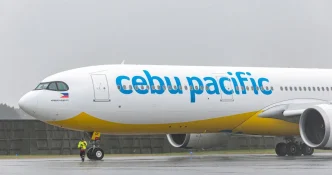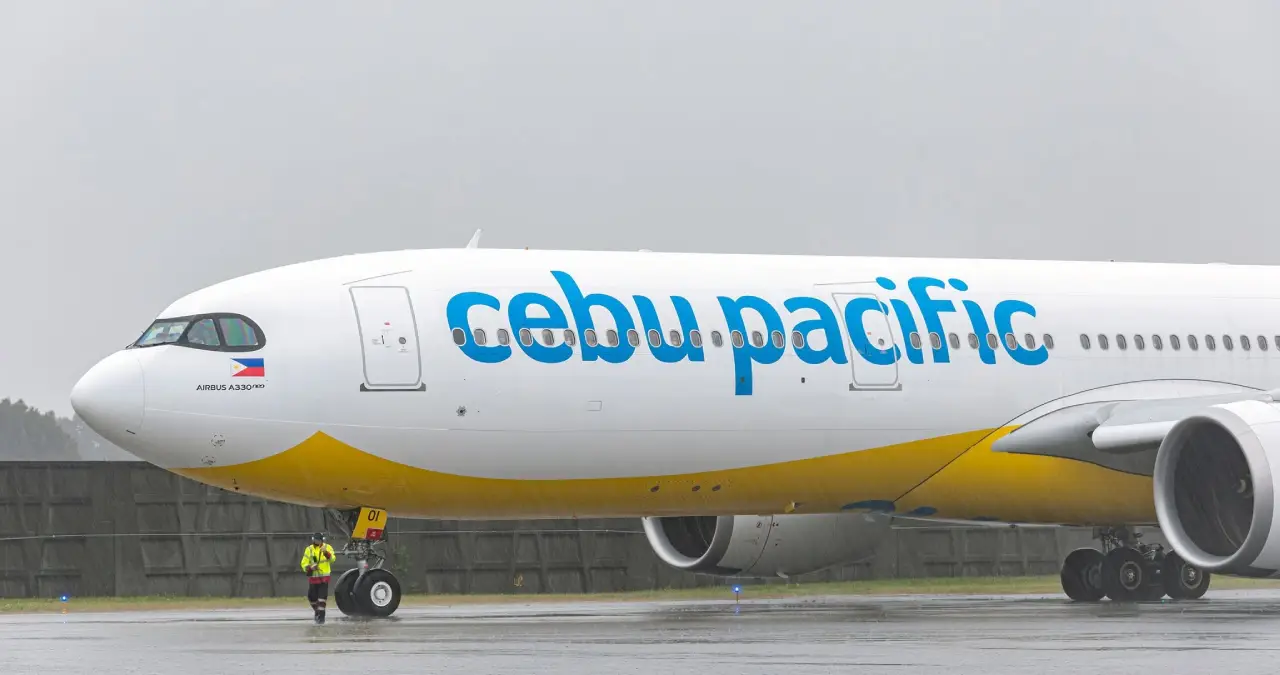The aviation industry in the Asia-Pacific region, which has enjoyed robust growth in recent years, is facing significant headwinds as fuel prices surge amid escalating political tensions in the Middle East. The Association of Asia Pacific Airlines (AAPA) has warned that the ongoing Israel-Iran conflict could have far-reaching implications for carriers, compounding existing challenges like supply chain disruptions and airspace closures in conflict zones.
Rising Costs and Geopolitical Risks
The global average jet fuel price has climbed by 12.9 percent to $96.97 per barrel, according to the latest report from the International Air Transport Association (IATA). This spike, driven in part by instability in the Middle East, threatens to erode the profitability of airlines already grappling with a complex operating environment. AAPA Director General Subhas Menon highlighted the precarious situation in a recent statement, noting that “Asia-Pacific carriers face an increasingly challenging operating environment, shaped by rising trade and geopolitical tensions, persistent supply chain constraints, and more frequent overflight diversions due to airspace closures in conflict zones.”
Menon also cautioned that “fuel prices may remain volatile if the Middle East conflict prolongs,” a sentiment that underscores the uncertainty facing the industry. With jet fuel constituting a significant portion of operating costs for airlines, any sustained increase could force carriers to pass on expenses to consumers through higher ticket prices, potentially dampening demand.
Beyond fuel costs, geopolitical tensions have led to operational disruptions. Airspace closures in conflict zones necessitate longer flight routes, increasing fuel consumption and travel times. These diversions not only raise costs but also complicate scheduling for airlines operating in or through affected regions. The broader implications of the Israel-Iran conflict, if it escalates further, could include additional sanctions or supply disruptions in the global oil market, further driving up fuel costs.
Growth Amid Challenges
Despite these hurdles, the Asia-Pacific aviation sector has shown resilience, with passenger volumes growing by 11.8 percent to nearly 158 million between January and May this year, according to AAPA data. Menon attributed this growth to “strong leisure and business traffic,” supported by continued improvements in air connectivity across the region. The expansion of routes and the entry of new carriers into key markets have played a critical role in sustaining demand, even as economic and geopolitical pressures mount.
In the Philippines, for instance, airlines are actively expanding their networks to meet rising demand. Filipino travelers will soon benefit from direct flights to India, with Air India launching nonstop service between Manila and Delhi on October 1. Operating five times a week, these flights are expected to boost tourism and trade ties between the two nations. Earlier this year, Air Canada inaugurated its Manila-Vancouver route, while last year saw United Airlines launch San Francisco-Narita-Cebu flights, Qantas Airways begin servicing the Brisbane-Manila route, and Air France start operating Manila-Paris flights.
These developments reflect a broader trend of foreign airlines establishing or expanding operations in the Philippines, offering long-haul options to passengers and enhancing the country’s connectivity to global markets. Such growth in air travel infrastructure is a double-edged sword, however, as it increases exposure to global economic fluctuations and geopolitical risks like those emanating from the Middle East.
Broader Economic Implications
The challenges facing the aviation sector are not isolated but are intertwined with broader economic dynamics in the Asia-Pacific region. Rising fuel costs could have a ripple effect across industries, increasing the cost of goods transported by air and impacting trade. For countries heavily reliant on tourism, such as Thailand, Indonesia, and the Philippines, any downturn in air travel demand due to higher ticket prices could deal a blow to local economies still recovering from the effects of the COVID-19 pandemic.
Moreover, the aviation industry is a significant employer and contributor to GDP in many Asia-Pacific nations. In Singapore, for example, Changi Airport serves as a critical hub for both passenger and cargo traffic, underpinning the city-state’s role as a global trade and finance center. A sustained increase in operating costs for airlines could lead to reduced services or layoffs, with knock-on effects for ancillary sectors like hospitality and logistics.
Analysts also point to the potential for inflationary pressures if fuel price volatility persists. With energy costs influencing everything from transportation to manufacturing, central banks in the region may face difficult decisions on monetary policy, balancing the need to curb inflation with the risk of stifling economic growth. For passengers, the immediate impact is likely to be felt at the ticket counter, as airlines adjust fares to offset rising expenses.
Looking Beyond Immediate Challenges
While the current outlook for Asia-Pacific airlines is clouded by uncertainty, there are reasons for cautious optimism. The strong growth in passenger numbers suggests that demand for air travel remains robust, driven by a recovering global economy and a pent-up desire for leisure and business travel. Investments in connectivity, such as the new routes in the Philippines, demonstrate a commitment to long-term growth, even in the face of short-term challenges.
Airlines may also explore strategies to mitigate the impact of fuel price volatility. Hedging against price fluctuations, investing in fuel-efficient aircraft, and optimizing flight routes are among the measures carriers can adopt to manage costs. Governments in the region could play a role by offering temporary relief, such as subsidies or tax breaks, to cushion the industry against external shocks. However, such interventions must be carefully designed to avoid distorting market dynamics or creating dependency.
At the same time, the geopolitical landscape remains a wildcard. A de-escalation of tensions in the Middle East could stabilize fuel markets and alleviate some of the pressure on airlines. Conversely, a prolonged or intensified conflict could exacerbate the challenges, testing the resilience of the aviation sector and the broader Asia-Pacific economy. For now, industry stakeholders are closely monitoring developments, aware that their fortunes are tied to events unfolding thousands of miles away.
Regional Perspectives and Future Outlook
Across the region, the response to these challenges varies. In Singapore, a major aviation hub, authorities and carriers are likely to prioritize operational efficiency and strategic partnerships to maintain competitiveness. In contrast, emerging markets like the Philippines and Indonesia may focus on sustaining growth in domestic and regional travel, leveraging their large populations and growing middle classes to offset losses in long-haul segments.
The role of international cooperation cannot be understated. Organizations like AAPA and IATA provide platforms for airlines to share best practices and advocate for policies that support the industry. Collaborative efforts to address supply chain issues, secure fuel supplies, and navigate geopolitical risks will be crucial in the coming months.
As the Asia-Pacific aviation sector braces for an uncertain future, the balance between growth and resilience will define its trajectory. For passengers, the immediate concern may be the cost of their next flight, but for airlines and policymakers, the stakes are much higher. How the region navigates these turbulent skies will shape not just the future of air travel but also the economic and social connectivity that underpins its prosperity.
As geopolitical tensions and fuel prices continue to fluctuate, one question looms large: can the Asia-Pacific aviation industry sustain its upward trajectory, or will external forces ground its ambitions?
















